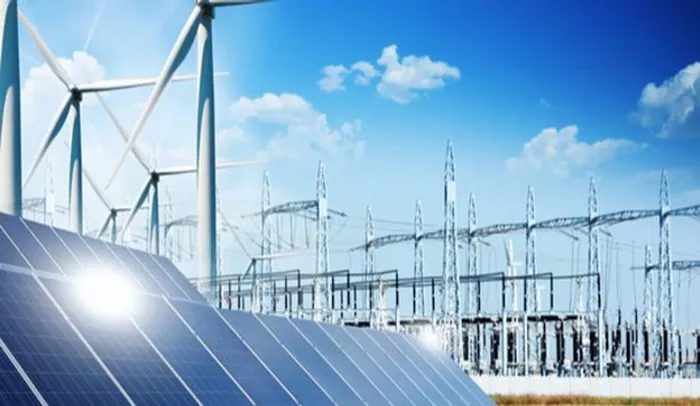Just before Christmas, the Australian Energy Market Commission (AEMC) announced a major reform that allows virtual power plants (VPPs) to compete directly with large-scale power generators in the energy market.
The AEMC believes this reform will lead to significant cost savings, lower emissions, and reduced energy prices for consumers.
The new changes will simplify market operations by enabling VPPs, industrial demand response systems, and aggregated batteries to participate alongside traditional power stations. However, the Australian Energy Market Operator (AEMO) has faced challenges in forecasting how these resources respond to daily price changes, which has led to higher operational costs.
AEMC Chair Anna Collyer called the reform a “transformative step” for the energy market.
“This reform is like giving the electricity system a pair of glasses,” Collyer explained. “It can now see and respond to actions by retailers and customers that were previously invisible.”
She added, “We are improving market efficiency and creating new opportunities for both energy suppliers and consumers to participate in ways that weren’t possible before.”
Introducing “Dispatch Mode”
One key part of the reform is the creation of a new “dispatch mode.” This allows retailers to bid VPPs, household batteries, community batteries, backup generators, and energy-intensive businesses into the wholesale electricity market.
Collyer explained, “Whether it’s data centres shifting computing load, manufacturers using backup generators, or commercial chillers, retailers can now bid these resources into our wholesale market.”
The AEMC’s modelling suggests that the reform could save A$834 million between 2027 and 2050. To help overcome early challenges, a A$50 million incentive scheme will be introduced in April 2026, ahead of the new framework’s full implementation in May 2027.
Collyer emphasized that the reform would lead to more efficient energy generation, lower system costs, and reduced energy prices for all consumers.
“While there are costs to encourage early participation, the long-term benefits for consumers far outweigh these initial investments,” she said. “It’s a win-win that doesn’t require changing behaviour, just smarter market operation.”
This reform is a key part of the AEMC’s strategy to integrate consumer energy resources into the wholesale market. The new framework will take effect in May 2027, with incentives available from April 2026.
Related topic:
- Akkuyu Nuclear Power Plant Reaches Milestones in Turkey’s Energy Future
- Cuba Receives 69-Ton Donation of Generator Parts from China
- Delaware’s Indian River Unit 4 to Retire Early After Upgrades

